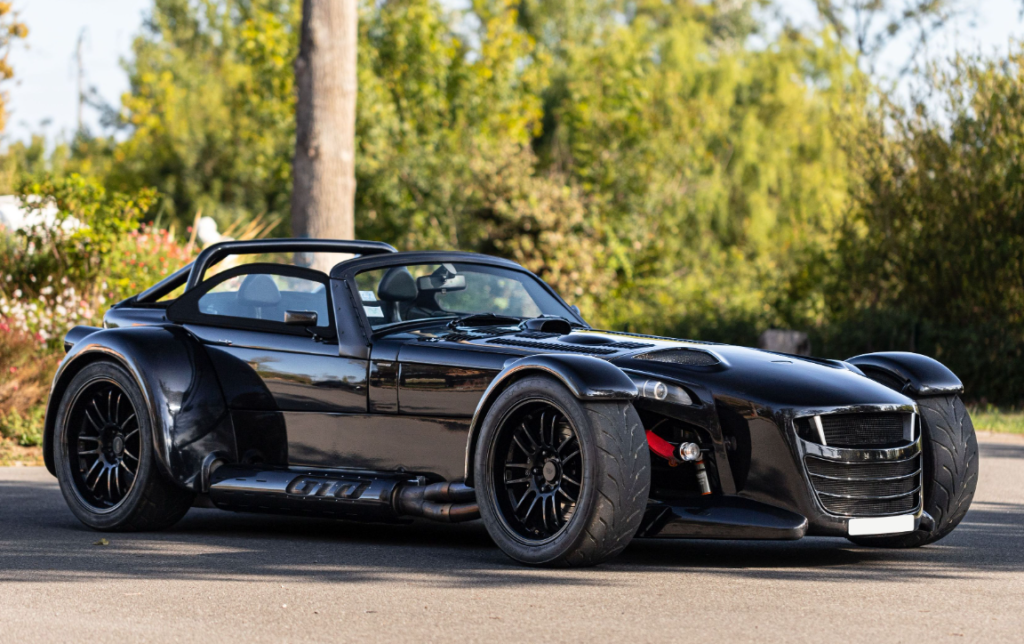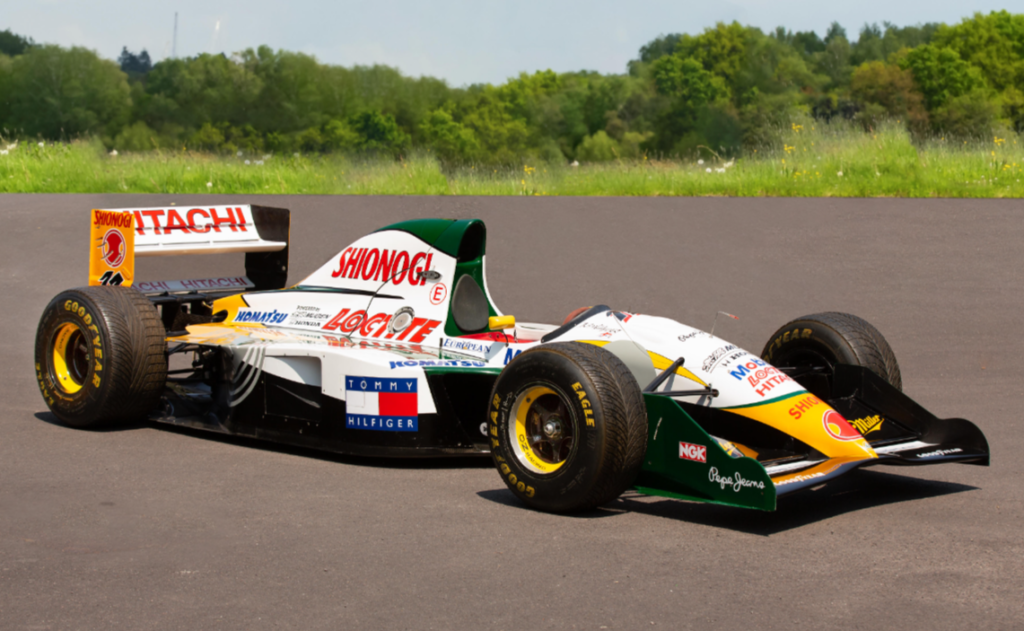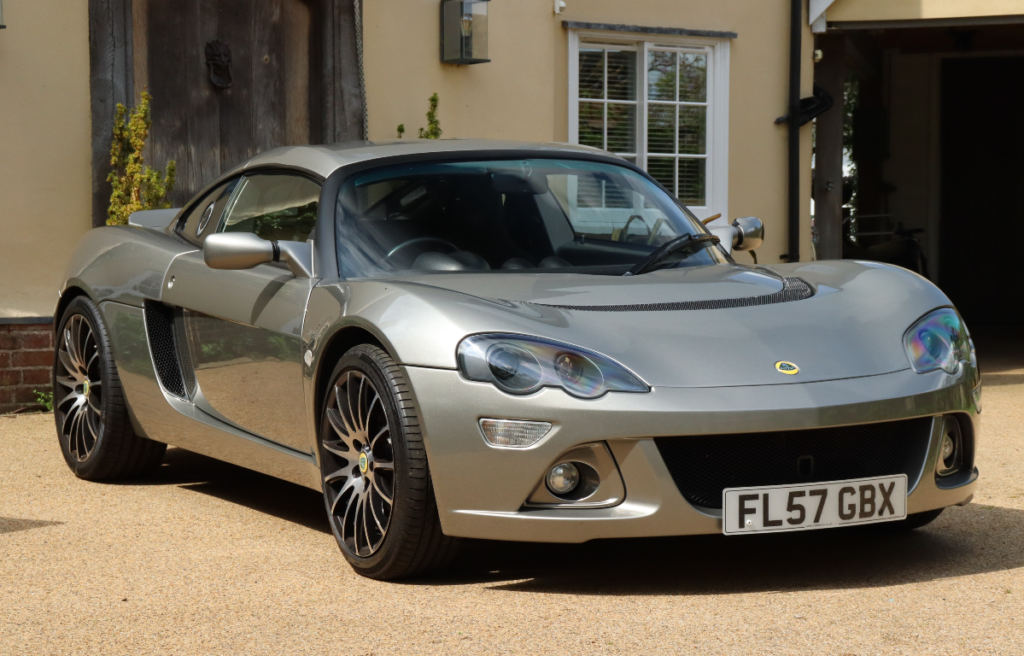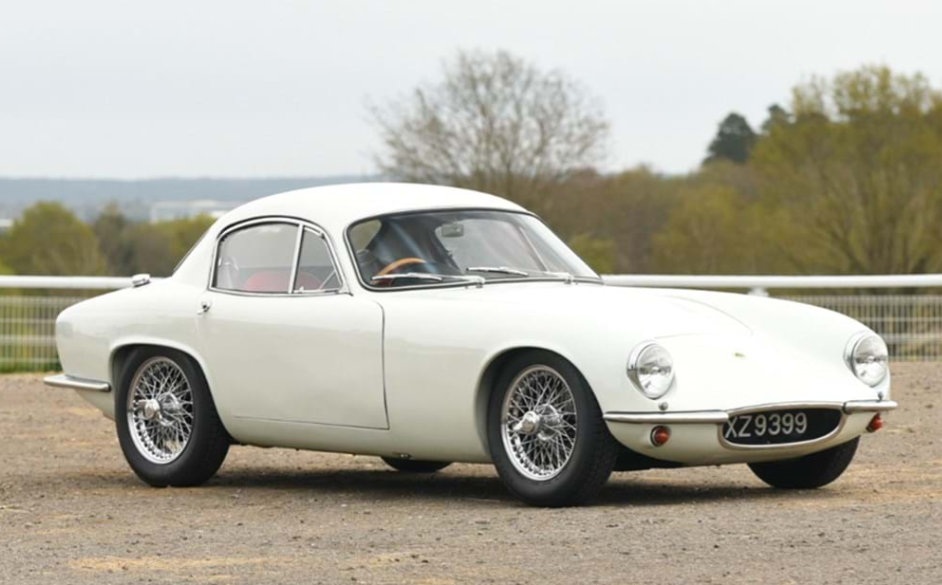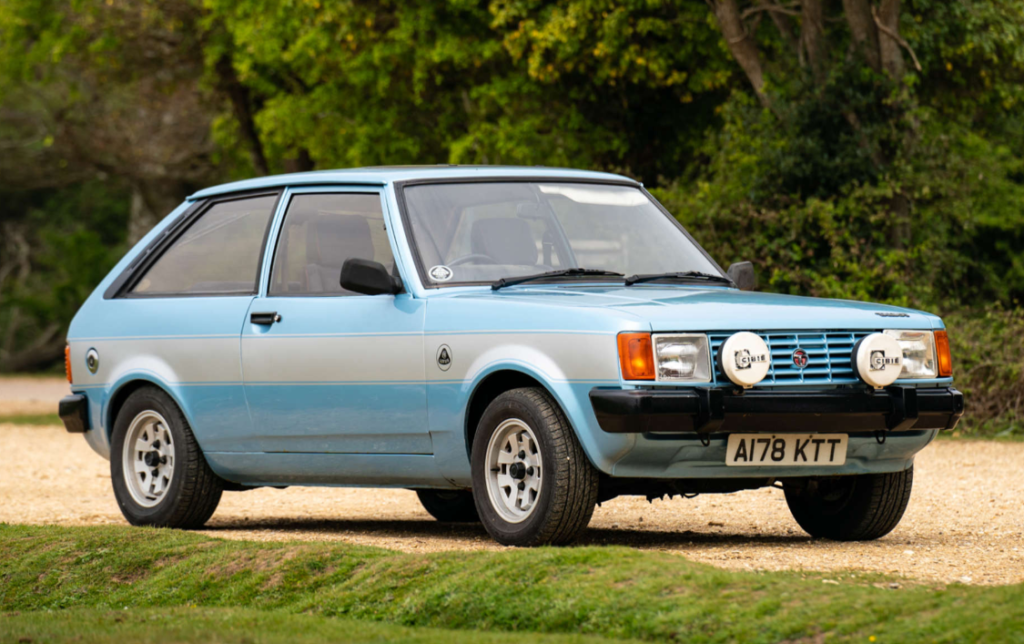1957 Lotus-Climax 12
Offered by Bonhams | Monaco | May 2024

Lotus’s track-focused cars built prior to this were mostly of the sports racing/prototype variety. The 12 was unveiled at the 1956 London Motor Show but wouldn’t hit the track until 1957. That first year it contested three F2 races, one each at Silverstone, Goodwood, and Oulton Park. Drivers Henry Taylor and Graham Hill split driving duties.
After a few more F2 outings in 1958, the car was ready to step up to F1. It was Lotus’s – and Graham Hill’s – first Formula One appearance when the car appeared at the 1958 Monaco Grand Prix. The competition history for this chassis, 353, includes:
- 1958 Monaco Grand Prix – 9th, DNF (with Graham Hill)
- 1958 Dutch Grand Prix – 14th, DNF (with Hill)
- 1958 Belgian Grand Prix – 13th, DNF (with Hill)
Then it was back to F2 for some events in 1958 and 1959. And don’t think the 12 was an F1 dud. Hill’s teammate in ’58 was Cliff Allison, and Allison finished 6th, 6th, and 4th, respectively, in the same outings Hill had.
Power in the car is from a Coventry Climax inline-four. The car was purchased by its current owner in 1991 and was later restored. Quite the specimen of F1 and Lotus history, the car could fetch between $310,000-$420,000. You can read more about it here.


